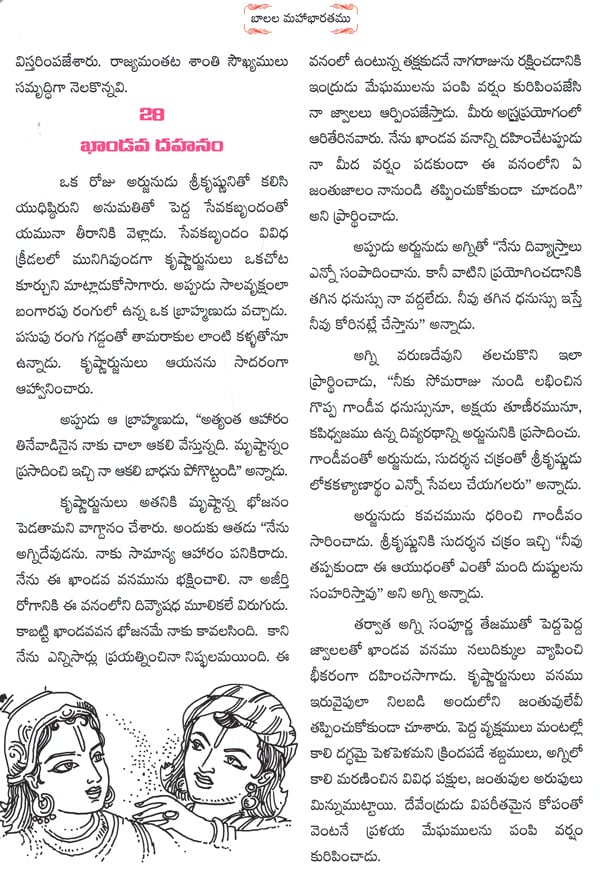

Yet it is only in the janapada period that the land and people become closely intermeshed. While the Rig Veda shows little knowledge of the region outside the Saptasindhu, the epics and Puranas tend to use geographical names, such as Sindhu, Panchala, Matsya (RV 7.18.9), Chedi, Kashi, Koshala, and so on. The Bhuvanakosa chapters of the Puranas deal with the ethnography of ancient India, and are also included in the Epic (VI.I-13). Brahmana literature also depicts early Indian ethnography. The famous Dasarajna yuddha (RV VII.18) probably recalls an intra-tribal feud. Some tribes listed in the Rig Veda retain their names down to the present, such as the Yadu, Puru, Shiva, among others, while others changed their names following division and migration to new lands. The Rigveda discusses three categories of people, namely, Arya, Dasa and Asuras The Rig Vedic Aryas comprised several tribes, which increased in number over a period of time. The Vedas, Brahmanas and Puranas mention tribes of different periods. integration of a large part of the country was not achieved until the rise of Mauryas. The period from 1000 BC to 500 BC broadly tallies with the age of the janapadas, wherein tiny tribal oligarchies vied for supremacy among themselves the Mahabharata reflects the society and ethnography of thls peeriod, and depicts the thrus towards strong centralized political authority though a noteworthy political Mishra believes that the list of tribes cataloged in connection with the Great War may therefore belong to a tradition prior to the Buddha.

The cultural material in Books XII and XIII possibly belong to the pre- Buddha era, while the ethnographically material (Which includes several names that remain untraced to this day ) is very ancient. However, the era from 1000 BC to 500 AD, during which the country's social and political institutions underwent considerable change and upheaval, is normally accepted for dating the epic There is also a view that the epic's core story hails from a much earlier period. Scholars generally concur that the Mahabharata cannot be dated with accuracy. The present chapter is concerned with its census-like enumeration of tribes and the knowledge it reveals about their geographical location, physical and material qualities, and moral spiritual) fiber. The Mahabharata provides a panoramic view of the society, politics and culture of the subcontinent. The cultural material of the epic renders it an indivisible and organic whole that is intrinsic to the understanding of the Indian ethos.

The bard Gustavo (one who has an astonishing capacity to hear) was the first to publicly recite the epic at the sacrifice of the chancellor Saunaka (I.1.1). Vyasa is beieved to have attempted a cultural fusion of the diverse elements inhabiting the subbcontinent by incorporating the popular legends, royal eulogies and relgious poetry of the different regions, thus binding them in a geographical and cultural unity. The epic has traditionally been attributed to Vyasa, son of the sage Parasara and scion of the priestly Vasistha family, which was connected with the royal lineage of the Bharata. V of book by Sandhya Jain: Adi Deo Arya Devata - A Panoramic View of Tribal-Hindu Cultural Interface, Rupa & Co, 7/16, Ansari Road Daryaganj, New Delhi, 2004 Reference - This content is based mainly on Ch.
#ANDHRA MAHABHARATAM CODE#
Yet it is far more than an ordinary narrative of events leading up to a great war, and encompasses both a philosophy of life as well as a code of conduct. It is the country's most famous history and epic poem.

The Mahabharata Epitomizes The Indian Genre Of historical literature, known as Itihasa. "Map of ancient Indian kingdoms during Mahabharata periods"


 0 kommentar(er)
0 kommentar(er)
